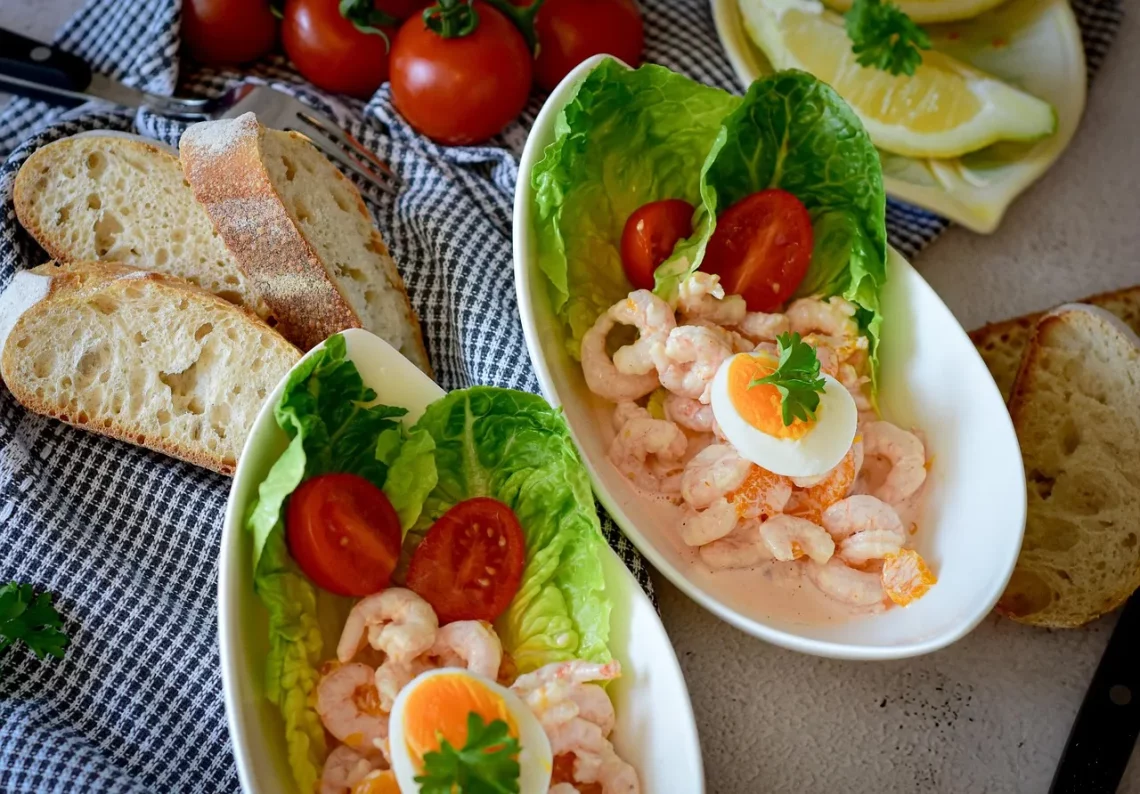
Do Aquarium Shrimp Regenerate New Shells After Molting?
Aquarium shrimp are a fascinating addition to any aquatic ecosystem, captivating hobbyists with their vibrant colors and intriguing behaviors. These small crustaceans play an essential role in maintaining a balanced aquarium environment by consuming algae, detritus, and uneaten food. However, one of the most intriguing aspects of shrimp life is the molting process, during which they shed their exoskeleton to grow. This natural phenomenon raises many questions among aquarists, particularly regarding the regeneration of new shells after molting.
Molting is a crucial part of a shrimp’s growth cycle, allowing them to expand and develop. Unlike mammals, shrimp have an exoskeleton that does not grow with them, necessitating the shedding of this outer layer as they reach certain sizes. The process can be a vulnerable time for shrimp, as they are temporarily soft-bodied and more susceptible to predation and environmental stresses. Understanding how shrimp regenerate their shells after molting helps aquarists create better conditions for these delicate creatures, ensuring their health and longevity in the aquarium.
As we delve deeper into the intricacies of shrimp molting and shell regeneration, we will explore the biological mechanisms involved, the factors influencing the molting process, and what aquarists can do to support their shrimp during this vulnerable time. Let’s begin by examining the biological basis of molting in shrimp and how they manage to regenerate their shells.
The Molting Process Explained
Molting in shrimp, known scientifically as ecdysis, is a complex physiological process essential for growth and development. During this process, shrimp absorb water to swell their bodies, which creates pressure that ultimately causes the old exoskeleton to split. This event typically occurs at night, providing a degree of protection from potential predators.
The initial stage of molting involves the secretion of enzymes that help to digest the old exoskeleton from the inside out. As the exoskeleton softens, the shrimp prepares to shed it. The actual shedding can happen relatively quickly, often within a few hours. Once the old shell is discarded, the shrimp emerges with a new, soft exoskeleton that will harden over time.
This new shell is initially pliable and requires several hours to fully calcify. During this period, the shrimp is particularly vulnerable since the softer shell offers less protection against predators and environmental hazards. To mitigate these risks, many shrimp will hide among plants or other decorations in the aquarium until their new shell hardens.
The ability to molt and regenerate their shells is not just about growth; it also plays a significant role in the shrimp’s overall health. A successful molt can help remove parasites and toxins from the body, contributing to the shrimp’s longevity and vitality. Therefore, understanding the molting process is crucial for anyone caring for aquarium shrimp, as it highlights the importance of maintaining a stable and stress-free environment for these creatures.
Factors Influencing Molting in Shrimp
Several factors can influence the molting process in shrimp, ranging from environmental conditions to dietary considerations. Understanding these factors is essential for aquarists aiming to promote healthy growth and successful molting cycles.
One of the most critical factors is water quality. Shrimp are sensitive to changes in their aquatic environment, and poor water conditions can lead to stress, which may inhibit molting. An ideal water temperature, pH level, and ammonia and nitrate concentrations are vital for shrimp health. Regular water changes and proper filtration can help maintain these parameters, ensuring a stable environment.
Diet also plays a significant role in the molting process. Shrimp require a balanced diet rich in calcium and other essential minerals to build their new exoskeleton. Foods specifically formulated for shrimp often contain the necessary nutrients to support shell regeneration. Additionally, incorporating natural foods such as algae and vegetable matter can enhance their diet, promoting better health and more successful molts.
Stress factors, such as overcrowding in the aquarium or the presence of aggressive tank mates, can also negatively impact molting. Creating a peaceful environment with sufficient hiding spots and appropriate tank mates can help reduce stress levels, allowing shrimp to molt more comfortably.
Finally, the age and species of the shrimp can also influence their molting patterns. Younger shrimp tend to molt more frequently as they grow, while older shrimp may molt less often. Different species may have varying molting frequencies and requirements, so understanding the specific needs of the shrimp you keep is essential for their health.
Supporting Shrimp During the Molting Process
As shrimp undergo the molting process, there are several steps aquarists can take to support their health and ensure successful shell regeneration. Creating a conducive environment and providing the right nutrients are paramount to helping shrimp thrive through this delicate stage.
First and foremost, maintaining optimal water quality is crucial. Regularly testing the water parameters—such as pH, hardness, and ammonia levels—can help ensure the conditions remain stable. A well-maintained filtration system and routine water changes can greatly enhance the quality of the aquarium environment.
Providing a well-balanced diet tailored to the needs of shrimp is equally important. High-quality shrimp food that includes essential minerals like calcium will aid in the development of a strong new shell. Additionally, incorporating natural foods such as blanched vegetables (like zucchini or spinach) can offer variety and enrich their diet.
Creating a stress-free environment is also vital. Providing plenty of hiding spots with plants, rocks, or decorations can help shrimp feel secure during the vulnerable molting phase. Avoiding aggressive tank mates or overcrowding will further reduce stress and help shrimp focus on their growth and regeneration rather than survival.
Monitoring shrimp closely during and after the molting process is essential. After a shrimp has molted, it is advisable to observe its behavior and ensure it is feeding properly and showing signs of health. If a shrimp appears to be struggling after a molt, it may require additional care, such as improved water conditions or dietary adjustments.
By taking these proactive steps, aquarists can create an ideal environment that supports shrimp during their molting process, promoting healthier and more resilient aquatic companions.
Conclusion: The Importance of Understanding Molting
The molting process is a fascinating and critical aspect of shrimp biology, influencing their growth, health, and overall well-being. By understanding how shrimp regenerate their shells after molting, aquarists can provide better care and create environments that support this vital life stage.
Ensuring optimal water quality, a balanced diet, and a stress-free habitat are key to promoting successful molting and shell regeneration in shrimp. As responsible caretakers, aquarists play a crucial role in facilitating this natural process and enhancing the quality of life for their shrimp.
In conclusion, the more we learn about the intricacies of shrimp biology and their needs, the better equipped we are to provide a thriving environment for these remarkable creatures. By fostering a deeper understanding of molting and shell regeneration, we can appreciate the complexities of aquatic life and contribute to the health and longevity of our aquarium inhabitants.
*This article is for informational purposes only and is not intended as medical advice. Please consult with a qualified healthcare professional for any health-related concerns.*




